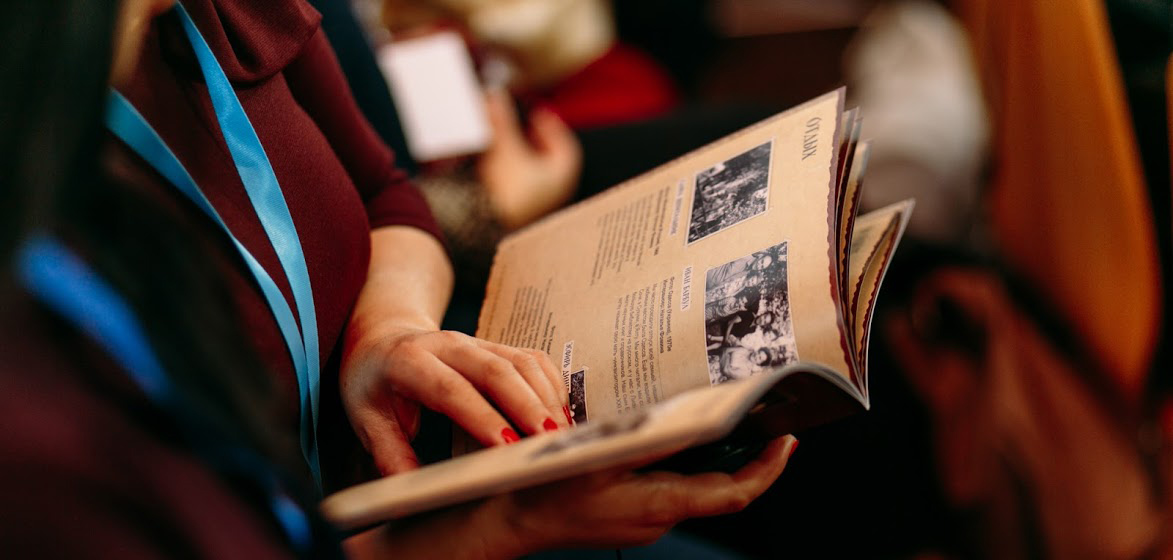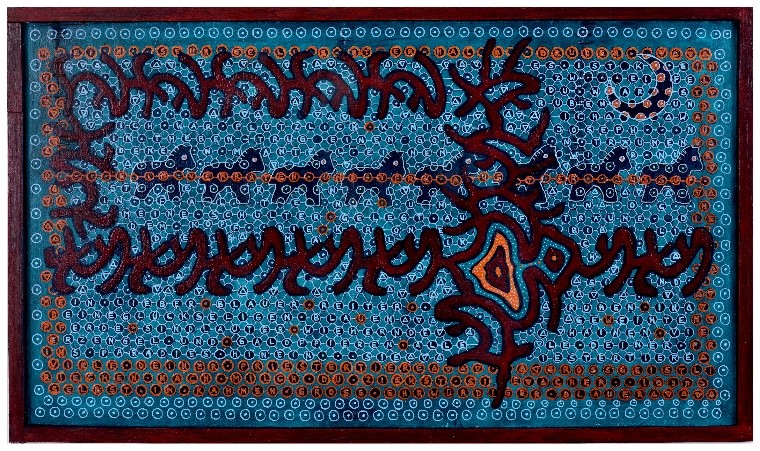Within the framework of the HANNAH project, the Jugend- & Kulturprojekt e.V. together with Centropa – Zentrum für jüdische Geschichte des 20. Jahrhunderts e.V. invites participants to the HANNAH – Germany Conference at the KulturCentrale in Dresden from June 13 to 14, 2022. During the two days there will be a detailed presentation of the HANNAH project and its results and activities, as well as various workshops, concerts, exhibitions and a World Café.
…………………..
13 June 2022
…………………..
16:00 – Opening
17:00 – HANNAH Project Presentation
17:30 – Centropa workshop on digital storytelling and European-Jewish family histories.
The approximately one-hour interactive workshop provides a behind-the-scenes look at the work of the Centropa Jewish History Institute, which documents Jewish family histories and photographs in 15 countries and preserves them for future generations and processes them in multimedia form. Specifically, the workshop will allow participants to discover Centropa’s multimedia materials in a guided “webquest.”Finally, Johanna Blender and Fabian Rühle, representing Centropa’s Hamburg office, will discuss with the participants what role oral history projects play in today’s remembrance work and how digitally prepared Jewish family histories like those of the Centropa archive can reach a broader public.
19:00 – Screening of the HANNAH documentary about Hamburg
After a short introduction about the HANNAH documentary, the HANNAH documentary episode about Hamburg will be screened. After the screening of the documentary episode a group discussion and/or open Q&A session will follow. The episode about Hamburg is part of the documentary series of the project “HANNAH – Challenging and Debunking Antisemitic Myths” which focuses on Jewish history, culture, and life as well as on the phenomenon of Antisemitism and different approaches on combatting it in five European cities: Athens (Greece), Dresden (Germany), Hamburg (Germany), Krakow (Poland) and Novi Sad (Serbia). Through interviews with historians, members of the Jewish community and representatives of civil society such as Rabbi Bistritzky, Stefan Hensel, Carmen Bisotti and others, the episode about Hamburg gives an overview of the history of Jews from their first settlement in Hamburg until today, the contemporary life of Jews in Hamburg, and the phenomenon of antisemitism in Hamburg along with Hamburg’s strategies and policies, civil society projects, exchange programmes and awareness-raising activities to combat antisemitism.
19:45 – Exhibition: Centropa digital exhibition on European Jewish family histories
20:30 – Live Concert: TROjKA



